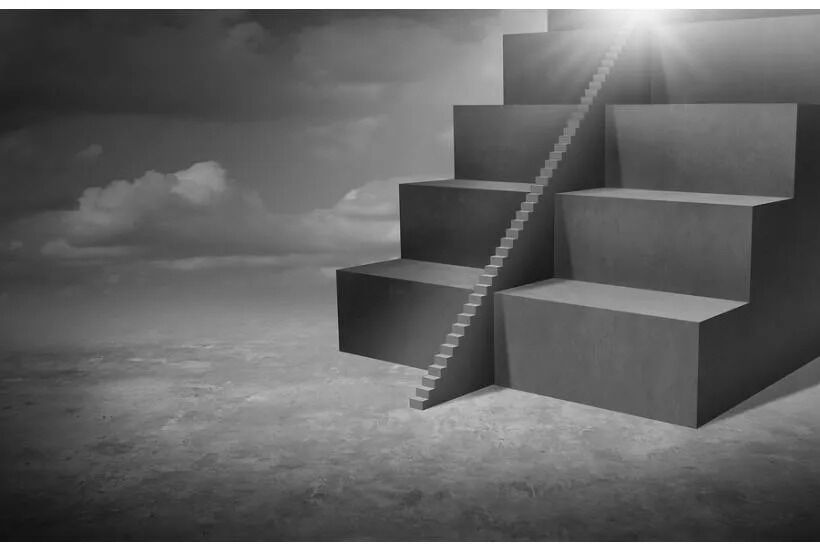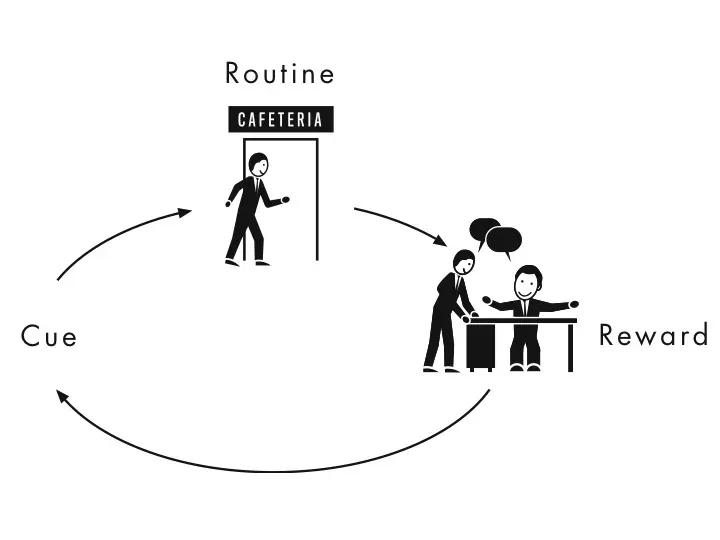The Powerful Effect Micro Habits Can Have on Long-Term Goals

We've previously covered the concept of starting a habit instead of a diet to lose weight. Here, we'll focus on a specific aspect of this- micro habits- and the different ways they can be used to tackle large goals. The idea is to take something that may seem overwhelming and looking at just the small steps that can get you there. Micro habits work because they are simple and easy enough that it's hard to make excuses not to do them.
Micro habits are exactly what they sound like- very small actions requiring little motivation. It's most powerful when you find specific triggers and then create a reward cycle. Eventually, each small accomplishment builds on top of another to achieve a much larger goal. Micro habits can be used for both starting new, better habits (such as eating healthier) or unlearning bad habits (like spending too much time watching TV).
If you think about it, throughout the day we make hundreds of micro decisions that, when added up, determine how well we achieve our goals. That same principle can be used to help ensure success by building "behavioral momentum".
>Learn more about starting tiny habits by watching this TedTalk, Forget Big Change, Start with a Tiny Habit by BJ Fogg
Examples of Positive Micro Habits

From a better diet to more exercise to spending less time on social media, sometimes it can all seem overwhelming. That's where micro habits come in. By using simple, easy-to-accomplish micro habits, you can make continuous progress to eventually make a goal a habit. For example, when you get up to get a snack, first make yourself eat just one bit of veggies (like a carrot or celery stick). After that, you can let yourself grab the snack and eat it without feeling guilty. More than likely, this will lead to stopping the unhealthy behavior.
Here are some more examples of how to insert a small, better habit into your routine:
- When you want to have an unhealthy snack, stand up first. Over time, evolve this reaction into going for a brief walk. Or, if you're more aggressive, do a push-up.
- If you want another cup of coffee, have a glass of water.
- Combine an existing habit with a new one: Every morning at breakfast, write an entry in your journal.
- Before checking Facebook, force yourself to read just one page in a book.
- Before even looking at a phone, computer or watching TV, meditate for one minute.
- Use micro habits to kick bad habits, like if you smoke, just smoke one less a day (rather than trying to completely quit).
See more in the article "How to Use Micro Habits and Spark Massive Personal Change".
Trigger/Craving Routine/Reward Cycle

'How Habits Work' image from charlesduhigg.com
The previous micro habit examples will not work for everyone. It's important to understand your own triggers, cravings and rewards to develop the positive habits that work for you. Putting new habits into an existing routine is the best chance for success with micro habits. You'll need to experiment with what works best for you and the specific habit(s) you're trying to start or end.
The Power of Habit is a popular book on the topic. It notes that MIT researchers discovered a mental loop for habits that consists of three parts: A cue, a routine and a reward. The book then describes the framework to reshape habits in this way:
1) Identify the routine, a behavior that you do on a regular basis that you want to change.
2) Experiment with rewards: When you feel the urge to act on a negative habit, do something different that delivers a different reward. For example, if you buy a snack every day at work, what is the craving? Is it the snack itself or getting up to take a break?
3) Isolate the cue: Sometimes we are not aware of exactly what is causing a craving. To figure it out, you should write down five things that are going on the moment the urge hits. Psychologists have shown that nearly all cues fit into one of the categories answered by these questions:
- Where are you?
- What time is it?
- What is your emotional state
- Who else is around?
- What action came immediately before the craving/urge?
4) Have a plan: Once you've contemplated the preceding items in the framework, you are ready to start shifting behavior.
The idea is to focus on something you want to learn or achieve and incorporate it into an existing routine in your life. Eventually, it has a very good chance of becoming part of your routine and you'll be doing it without ever thinking about it!
Learn more about micro habits and tackling big health and productivity goals here. Then get started today on your first micro habit. It's surprisingly easy, by design!
If you're looking to use this strategy of simple, daily changes as part of a weight management program, our WonderSlim Plan is designed to build better habits slowly, over time. Learn more here.